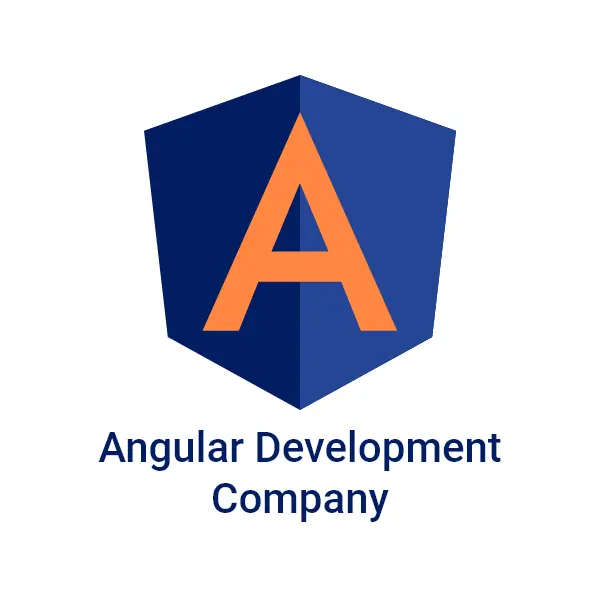Rise by Six: Your Daily Dose of Inspiration
Explore insights and stories that elevate your day.
Angular Development: Where JavaScript Meets Magic
Unlock the secrets of Angular development and discover how JavaScript creates magic in web apps! Dive in for tips, tricks, and more!
Understanding Angular: The Evolution of JavaScript Frameworks
Angular, developed by Google, has become one of the leading JavaScript frameworks since its inception in 2010. The framework has gone through significant transformations, adapting to the changing landscape of web development. The original version, AngularJS, introduced developers to a new way of building dynamic web applications using the MVC (Model-View-Controller) architecture. However, with the rise of modern web technologies and the need for performance optimization, Angular underwent a complete rewrite, resulting in the release of Angular 2 in 2016. This evolution marked a shift towards a component-based architecture, enabling developers to create more modular and maintainable applications.
One of the key features that sets Angular apart from other JavaScript frameworks is its rich ecosystem, including powerful tools like RxJS for reactive programming and Angular CLI for streamlined development processes. As the framework continues to evolve, it remains at the forefront of web development, embracing concepts such as progressive web applications (PWAs) and server-side rendering with Angular Universal. By understanding Angular and its place within the broader context of JavaScript frameworks, developers can harness its full potential, ensuring their applications are not only robust and efficient but also ready for the future of web technology.

Top 10 Angular Features That Make Development a Breeze
When it comes to web development, Angular stands out as a powerful framework for building dynamic and responsive applications. Its component-based architecture allows developers to encapsulate functionality within reusable components, promoting cleaner and more maintainable code. Additionally, Angular's dependency injection system simplifies the management of services and enhances testing capabilities. With these features, developers can focus on creating high-quality applications instead of getting bogged down by complicated code structures.
Another impressive aspect of Angular is its two-way data binding, which ensures that any changes made in the UI are instantly reflected in the underlying data model and vice versa. This feature minimizes the amount of boilerplate code required, facilitating a seamless development experience. Moreover, Angular's robust CLI (Command Line Interface) streamlines project setup and scaffolding, allowing developers to quickly generate components, services, and routes with minimal effort. These features, among others, make Angular a top choice for developers looking to build efficient and scalable applications.
What Makes Angular Development Stand Out in the JavaScript Ecosystem?
Angular development stands out in the vast JavaScript ecosystem due to its robust framework that promotes the creation of dynamic, single-page applications (SPAs). Unlike other libraries, Angular offers a comprehensive solution with built-in features like two-way data binding, dependency injection, and modular architecture. This enables developers to create highly maintained code and enhances productivity, making it a preferred choice for scalable enterprise-level applications.
Furthermore, Angular's focus on component-based architecture simplifies the development process. By allowing developers to encapsulate components, reusability and maintainability are markedly improved. The integration of TypeScript, a statically typed superset of JavaScript, adds an additional layer of organization and error checking, which is particularly beneficial in large codebases. These elements combined ensure that Angular remains a leading framework in the rapidly evolving JavaScript landscape.